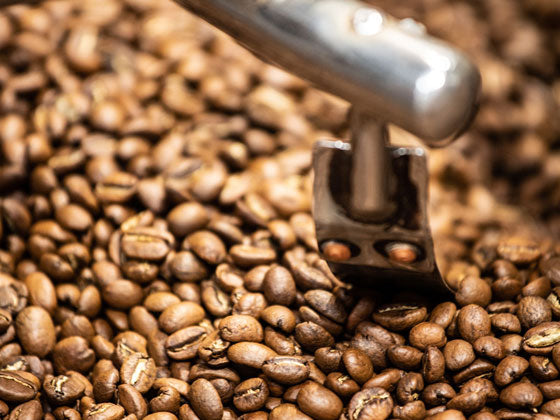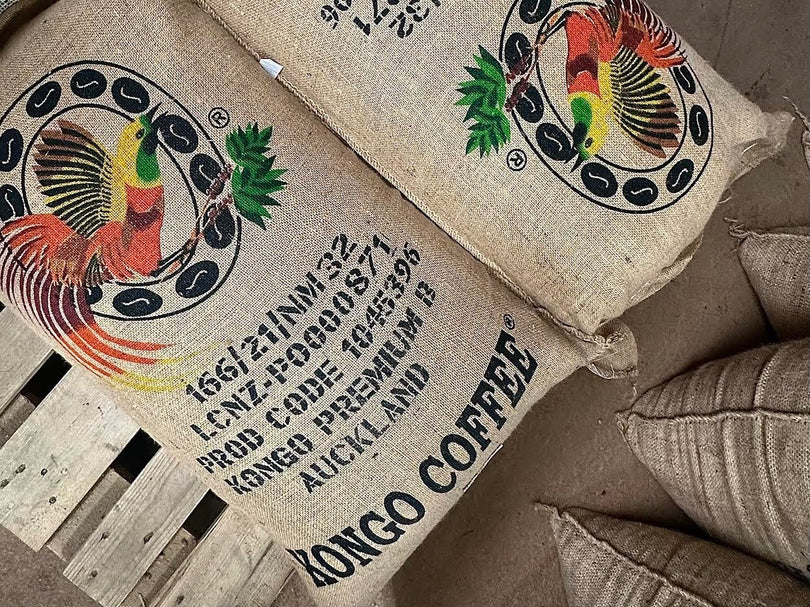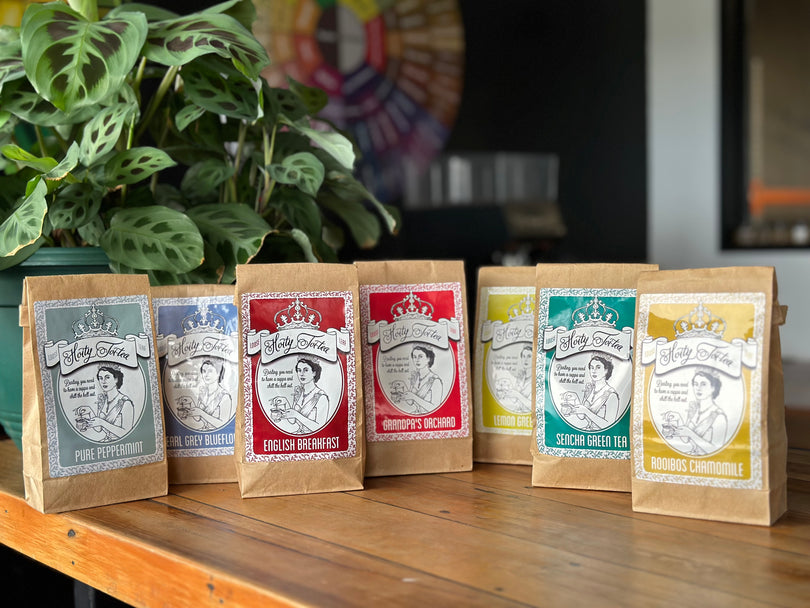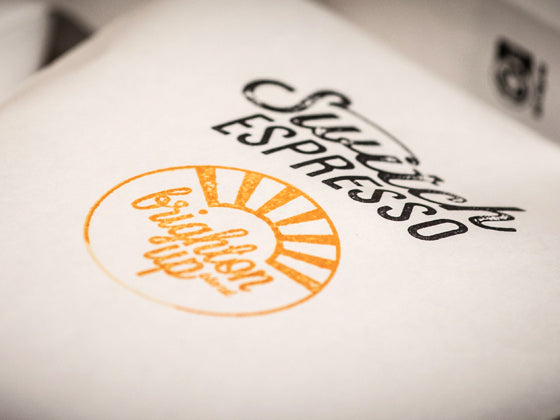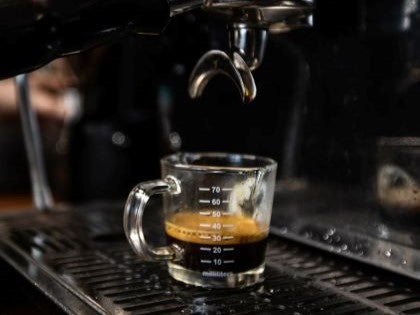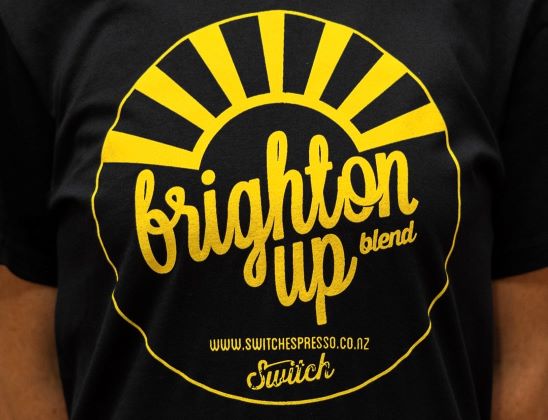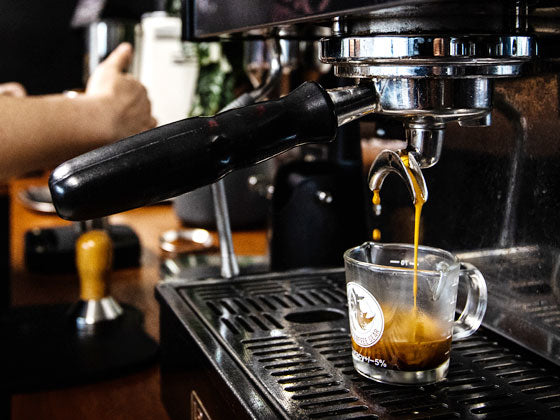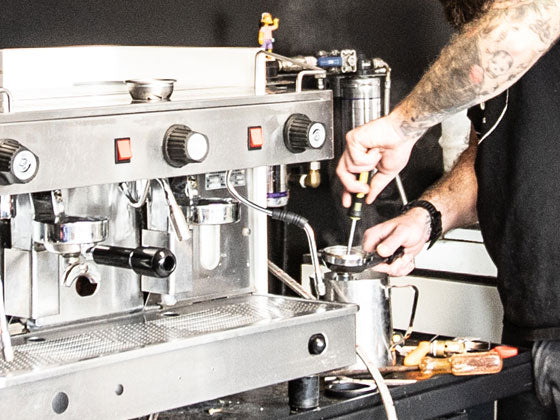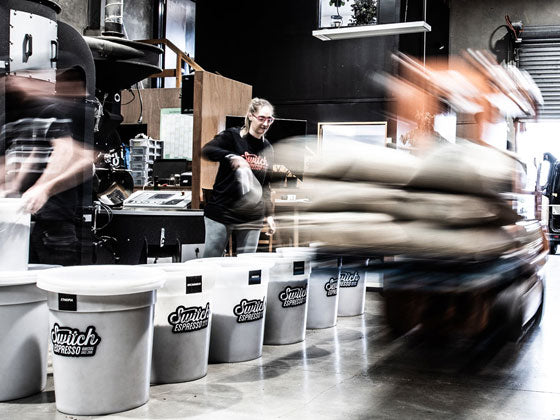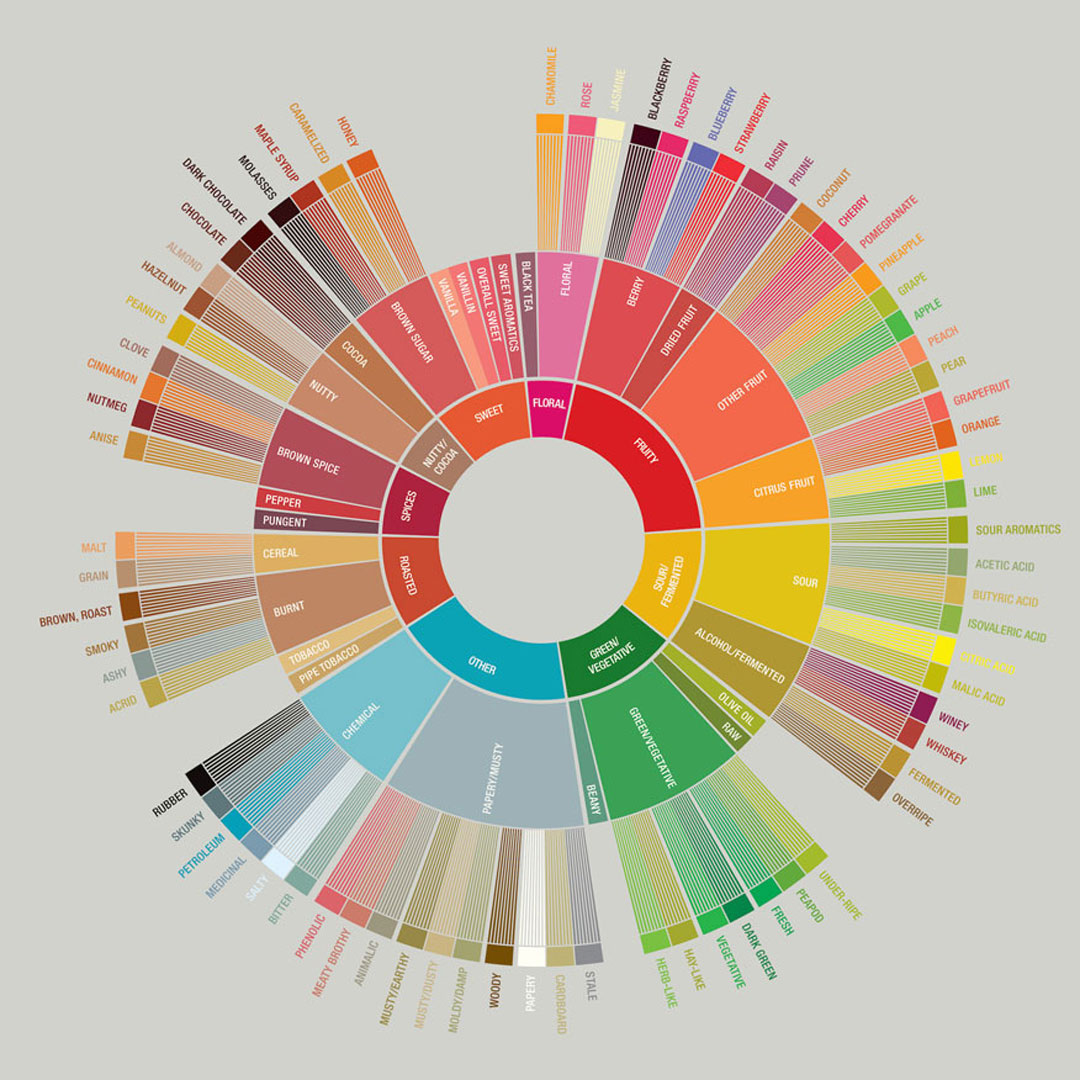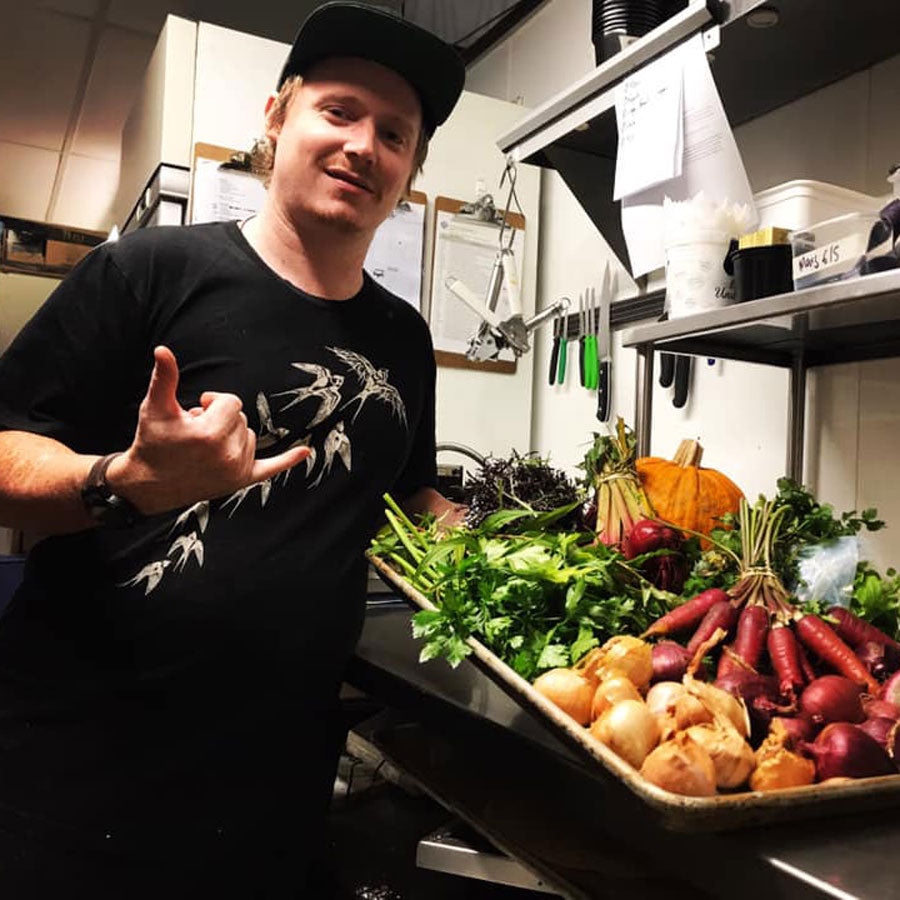Yep, there’s a lot more to get your head around than just ‘bitter’ and ‘sweet’. With over 110 attributes, there are billions of potential flavour, aroma and texture combinations, which is why no two coffees taste exactly the same. Differences come from the type of coffee plant the beans are grown on, as well as their location, altitude, weather during the growing season, drying process, roast, and extraction.
Learning how to identify these flavours, aromas and textures can help you understand why you like some coffees more than others, and help you find new ones to your taste. It can also teach you what aspect of coffee productions (growing, roasting, extraction, etc) produces the profiles you do and don’t like.
We’ve got a bit of a guide here – if you’d like to learn more, contact the Switch roastery and find out when we’re next doing a cupping (coffee tasting) session.
Aroma
The smell of the coffee might be the most important part – it’s what catches your attention and drags you into the café, it’s the first sensation to hit your senses before you take a sip, and the aromas actually affect the way you taste. Common aromas include smoky, nutty, chocolatey, and fruity.
Our Brazil Fazenda Nova Aliança has a banana toffee aroma, meanwhile our Colombia Tolima has aromas of berries and hazelnut.
Taste
Basic coffee flavours that most people can easily identify include sweet, bitter, sour and salty. Drilling down into these flavours a bit more will identify other recognisable tastes, like blackberry, citrus, honey, hazelnut, malt, nutmeg, vanilla and pepper.
Switch Congo Sopacdi coffee has a fruity acidity with notes of blackcurrant, and Nicaragua Segovia is packing citrus and honey flavours with a medium acidity.
Texture
Texture is about how the coffee feels in your mouth. Coffee textures or mouthfeels include oily, creamy, watery and gritty. While this is affected by the type of beans you use, a lot of the texture comes from how the coffee is extracted, and will differ between baristas and extraction types. You can expect a plunger coffee to feel very different to an espresso or a pour over.

